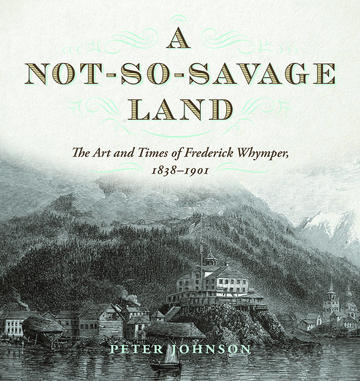About BC Books Online
BC Books Online was created for anyone interested in BC-published books, and with librarians especially in mind. We'd like to make it easy for library staff to learn about books from BC publishers - both new releases and backlist titles - so you can inform your patrons and keep your collections up to date.
Our site features print books and ebooks - both new releases and backlist titles - all of which are available to order through regular trade channels. Browse our subject categories to find books of interest or create and export lists by category to cross-reference with your library's current collection.
A quick tip: When reviewing the "Browse by Category" listings, please note that these are based on standardized BISAC Subject Codes supplied by the books' publishers. You will find additional selections, grouped by theme or region, in our "BC Reading Lists."
 Enlarge Cover
Enlarge Cover
A richly illustrated exploration of the art, life, and historical impact of artist Frederick Whymper, who documented the landscape of the North American west.
Before the advent of photography, the topography of the colonial North American landscape was recorded by travelling artists hired to reproduce what they saw with unadulterated realism. One of these artists was British-born Frederick Whymper, a young man whose honest vitality and unabashed worldview are evident in work he leaves behind.
Throughout the 1860s, Whymper sketched his way from California to British Columbia, Yukon, Alaska, and Siberia. He was the first to sketch the Fraser River route from New Westminster to Cariboo gold country. As the official artist on Alfred Waddington’s road through Chilcotin territory, he was the first to report the 1864 Chilcotin War to the press. He travelled with the crews of Western Union Telegraph Company as they laid overland cable from New Westminster to Petropavlovsk. He was the first European artist to paddle over 1,600 kilometres on the Yukon River, recording its vibrant role in the life of its surrounding people.
Whymper’s art appeared in newspapers, journals, scientific reports, and books. His unaffected illustrations and anecdotes of places still seen as wild and exotic by his contemporaries became a realistic lens through which we can now view the major events of his time. Containing dozens of rarely seen sketches, watercolours, and photographs, A Not-so-Savage Land is a fascinating look at the man whose visual documentation had a profound impact on the political and economic development of the colonial west.
“Johnson argues persuasively that the time is now to appreciate this intrepid and multi-talented artist who captured the spirit of a frontier and, as Johnson puts it, "strove to transcend the limitations of language and make what is often indescribable more clear."
Peter Johnson has once more delved into a long-neglected aspect of our colonial past. His new book reveals the extraordinary life story of an artist who witnessed and recorded for posterity some fascinating episodes during the early days of British Columbia and its environs. He tells of adventures, places, and times that we need to know more about.
“Whymper's drawings and paintings of native life and early coastal geography, before the mass arrival of European and American settlers, and his close relationship with all those he met along the way resulted in some fine visual accounts of genuine historical and ethnological importance.”


